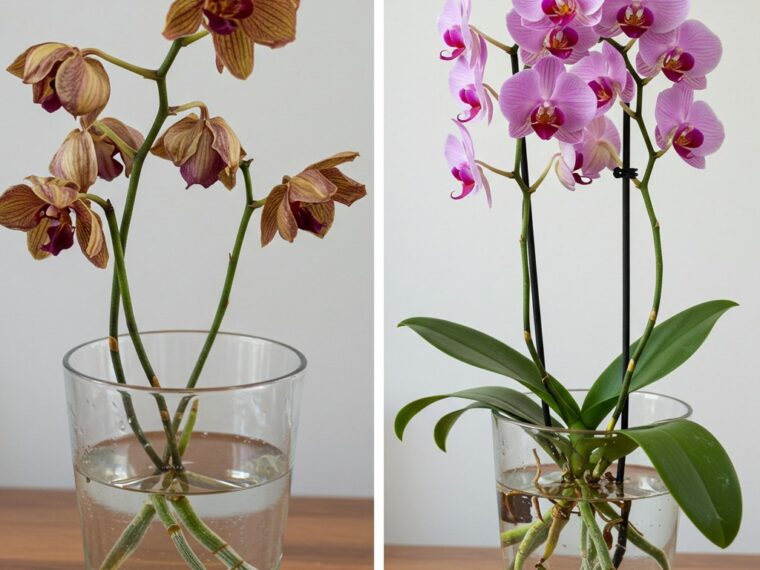Orchids are among the most admired houseplants, loved for their elegant, colorful flowers. However, many people assume they are difficult to care for and often end up watching them wilt too soon. The truth is that with a few simple tricks and a proper understanding of their needs, you can keep orchids healthy and blooming for years.
1. Understanding Orchid Needs
Most common household orchids, such as Phalaenopsis, are tropical plants that naturally grow attached to trees—not in regular soil. They thrive in a light, airy environment with humidity and indirect light.
👉 This explains why they require special potting media and specific watering habits.
2. Choosing the Right Location
- Light: Orchids love bright but indirect light. Place them near an east- or west-facing window. Avoid harsh direct sunlight, which burns the leaves.
- Temperature: Ideal daytime temperatures range from 65–75°F (18–24°C) with slightly cooler nights.
👉 Tip: A small drop in nighttime temperature can encourage flowering.
3. Mastering Watering
Overwatering is the most common cause of orchid failure.
- Water only when roots turn silver-gray or the potting mix feels nearly dry.
- Use rainwater or filtered water if possible, as orchids dislike hard tap water.
- Never let water sit at the bottom of the pot—it causes root rot.
👉 Practical tip: Soak the pot in water for 10 minutes, then drain thoroughly.
4. Potting Mix and Containers
- Always use a special orchid potting mix made of bark chips, sphagnum moss, or coconut husk.
- A clear pot is best so you can monitor the roots (green = hydrated, silver = needs water).
5. Humidity and Airflow
TO CONTINUE READING THE ARTICLE PLEASE SEE PAGE 2




